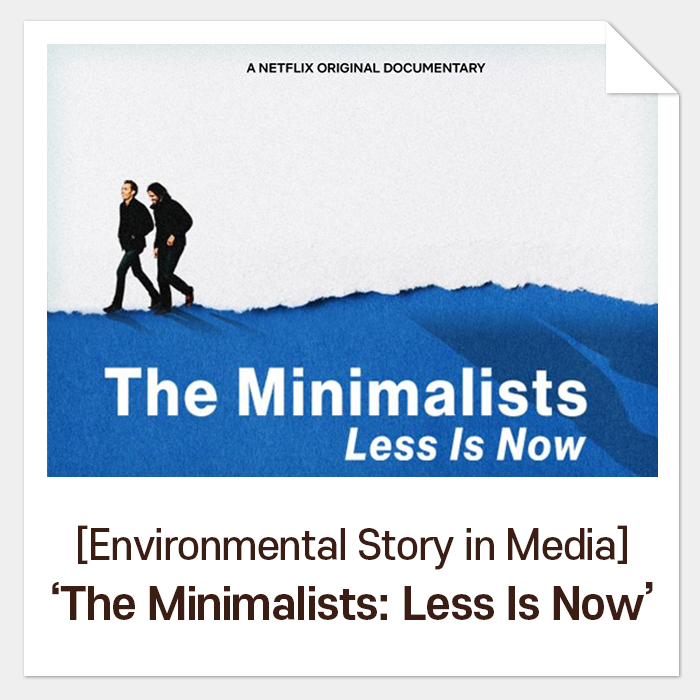China’s Plastic Restriction Policy, Is it on the Right Track?
While the world has been suffering from COVID-19, the year of 2020 has come to an end. Many experts agree that the abnormal climate and the spread of infectious diseases are highly related to the imbalance of the environment. Each country in the world has reviewed the environmental issues and established enforceable and rational policies.
China,
especially, announced the regulation on disposable plastic products in January
this year including the details of how they would proceed the policy over the next
5 years. As the country is the biggest plastic manufacturer and importer, the news excited the environmental groups, surprised the other countries and
alerted the relevant industries.
China’s Task to
Regulate the Plastic
The amount of
plastic packaging used by 1.4 billion people in China is more than we could
imagine. Furthermore, as the family scale gets smaller with the internet and
delivery service developed, the consumption of the relevant products has been
soaring up high.
The problem is
the amount of plastic packaging waste generated from the actions. According to
Damin Tang from Greenpeace East Asia, approximately 850,000 tons of plastic
waste was produced from the e-commerce and packaging delivery industries in
2018. With COVID-19 outbreak, the demands on online delivery service have been
growing and it will consequently lead to the increase of plastic packaging
waste. This became one of the major tasks the Chinese government is responsible
for and they started to take a political action to regulate plastic waste.
Would it be okay
to just switch the kind of plastic?
However, the one exceptional condition for the policy is now causing great confusion to the industries: that is, ‘biodegradable plastic’.
As a result, there have been critics saying that it is merely changing the plastic kind and the Chinese government is sending an ambiguous message as if the biodegradable plastic could solve the environmental problem and we could keep using the single-use plastics. Ma Jun, director of the Beijing-based Institute of Public and Environmental Affairs said, “There was a certain level of success, but on the other hand, socio-economic development in China and the increasingly affluent society started consuming far more plastic.” He pointed out The government’s measures led to the development ‘biodegradable plastic’ which is only degradable under certain conditions.
Yuan Chang, a plastics campaigner for Greenpeace East Asia saw the positive aspect of the government’s plastic regulation policy yet claiming it is a huge mistake to include the biodegradable as an option. A report written by Dr. Molly Zhongnan Jia, Greenpeace’s East Asia plastics researcher, says that the reduction of general use of plastic and establishment of the reusable packaging system are more efficient strategies to prevent plastic waste from being exposed to the landfill or open environment.
Dr. Rachael Rothman, the co-director of the Gratham Centre for Sustainable Futures at the University of Sheffield also brought up the issue insisting that biodegradable plastic does not mean that it is not disposable.
It may contain a different point of view, but even Perc Pineda, Chief Economist of the Plastics Industry Association, explained that it wouldn’t be possible for China to give up on the Styrofoam take-out containers for its cost-effectiveness and convenience that it may draw a worse result in China where there is no infrastructure for composting facilities for biodegradable products.
Again, so-called
‘environment-friendly, biodegradable’ plastics would not be much different from
what China is using now. Even they are biodegradable, the waste would flow into
the ocean or be dumped in landfills without proper facilities and treatment,
resulting in more plastic waste all over the country.
Local
Governments’ and Global Companies’ Plastic-Free Policy
Despite the controversy, it is very inspiring to witness that the Chinese government is acting for the environment by regulating plastic consumption. The country has subdivided the political standards to achieve the goal for each stage and urged the local governments to set countermeasures.
These three governments especially are advancing the time to implement the measures and to propose more strict or detailed information, showing their firm wills to join the environmental policy.
Global brand owners in China are also participating in the changes actively. Starbucks changed its plastic straws to paper ones since the end of 2019 when Mcdonald's started to use the lids that would not need straws. HEYTEA, the biggest tea brand in China, has also announced their plan to switch plastic straws to paper products.
However, it is
required to have consistent promotion and persuasion for the public. The cost
to switch the packaging to environmentally friendly ones and people’s consuming
habits to prioritize convenience first will be tough barriers to overcome,
too. The e-commerce platforms should also be considered to have specially
designed regulations.
Plastic
Regulation Policy, For Their Right Choice!
Plastic-Free Policy is not merely replacing a material. A clear definition and standards should be established first to draw meaningful results. Also, the changes in customers’ perceptions and social agreements will allow the policy to work properly. Of course, it should be accompanied the government’s financial supports for technology development, supportive legislations, various promotions and movements to improve awareness on the plastic issue among the public and industries.
Many are
welcoming China’s decision on plastic, but questioning the efficiency and the
direction of the policy at the same time. If China took the reference of other
countries who already began their own plastic-free movements and applies environmentally
friendly policies and resource circulation systems, they surely will make a
giant difference for the world.









Comments
Post a Comment